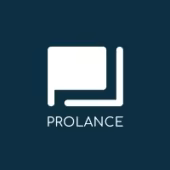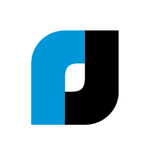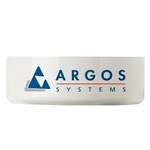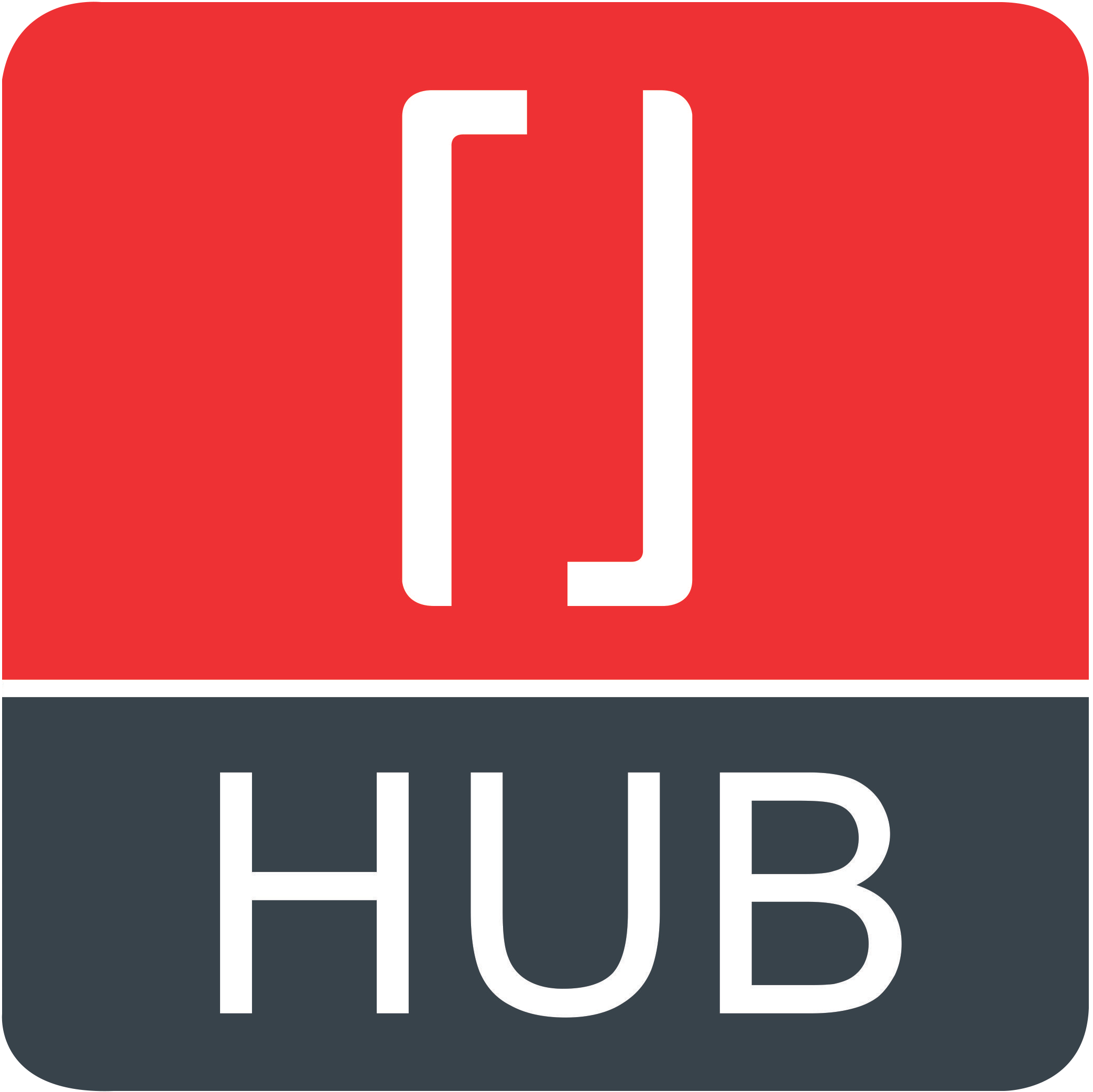Description

Prolance

CorelDRAW
Comprehensive Overview: Prolance vs CorelDRAW
Prolance and CorelDRAW cater to different aspects of design and business operations, and each has its own primary functions, target markets, and differentiating factors.
a) Primary Functions and Target Markets
Prolance:
Primary Functions:
- Prolance is primarily designed as a business management and project coordination tool, often tailored to specific industries such as interior design or construction.
- It typically facilitates project planning, resource allocation, budgeting, and communication between different stakeholders involved in a project.
Target Markets:
- Small to medium-sized enterprises (SMEs) in industries like interior design, construction, or any project-based sectors.
- Freelancers or independent contractors who need to manage multiple projects simultaneously.
- Businesses looking to streamline their operations and improve workflow efficiency.
CorelDRAW:
Primary Functions:
- CorelDRAW is a vector graphics editor widely used for design and illustration purposes.
- It offers tools for creating graphics, layouts, typography, and photo editing.
Target Markets:
- Graphic designers, illustrators, and digital artists.
- Marketing and advertising professionals who require design capabilities for campaigns and branding.
- Print production companies, as it is widely used for designing brochures, business cards, and other print media.
b) Market Share and User Base
Prolance:
- Prolance is more of a niche product, and its market share tends to be focused on specific sectors like interior design management or construction.
- It may not have as vast a user base as CorelDRAW due to its specialized functionality and industry focus.
CorelDRAW:
- CorelDRAW has a significant presence in the graphic design software market, competing with other major players such as Adobe Illustrator.
- It has a large global user base due to its versatility and widespread application in various design fields. Its market share is considerable within the vector graphics space, particularly among those looking for an alternative to Adobe products.
c) Key Differentiating Factors
Prolance:
- Industry-Specific Features: Focuses more on project management, with features that cater to specific industries' needs.
- Business Optimization: Enhances productivity for businesses by streamlining workflow processes and improving project coordination.
- Collaboration Tools: Emphasizes team collaboration and communication for more efficient project execution.
CorelDRAW:
- Design Flexibility: Known for its powerful design capabilities and precision in creating detailed graphics.
- User Interface: Offers an intuitive interface that is often praised for its ease of use, especially for those familiar with vector-based designs.
- Tool Variety: Provides a wide range of tools for illustration, layout, tracking, and photo editing, making it a one-stop solution for many designers.
Conclusion
While Prolance and CorelDRAW serve different purposes and markets, they both play crucial roles within their domains. Prolance is centered around business management and project execution within specific industry verticals. In contrast, CorelDRAW focuses on providing robust design tools for graphics professionals. When comparing these two, it is essential to consider the specific needs: operational efficiency and project management versus graphic design and creativity.
Contact Info

Year founded :
2020
Not Available
Not Available
India
Not Available

Year founded :
Not Available
Not Available
Not Available
Not Available
Not Available
Feature Similarity Breakdown: Prolance, CorelDRAW
When comparing Prolance and CorelDRAW, it’s important to recognize that these products serve different primary purposes within the realm of design and project management. However, they may have overlapping features depending on Prolance's specifics (as Prolance is less well-known, the comparison will focus on general design/project management tools). Here’s a structured breakdown:
a) Core Features in Common
-
Design Tools:
- Vector Graphics Editing: Both platforms offer tools for creating and editing vector graphics. CorelDRAW is specifically focused on this, and any similar functionality in Prolance would likely be used for project visualization or CAD purposes.
- Templates and Pre-Designed Elements: These help streamline the design process by providing users with a starting point.
-
Project Management (if applicable to Prolance’s features):
- Task Management: Depending on Prolance’s focus, there may be task management capabilities that overlap in managing workflows or projects.
- Collaboration Tools: Both may offer features that allow teams to work together, though CorelDRAW focuses more on shared workspaces for design.
-
Output Formats:
- Both might support multiple output formats for sharing designs/projects in industry-standard file types.
b) User Interface Comparison
-
CorelDRAW:
- CorelDRAW has a design-centric user interface focused on providing detailed design tools and workspaces with customizable layouts. It emphasizes ease of use for graphic designers with rulers, grids, and guidelines readily available.
- The interface is often described as comprehensive, with floating toolbars and dockers for quick access to frequently used tools.
-
Prolance:
- Assuming Prolance leans more towards project management or specific design niches, its interface might feature dashboards, project timelines, and resource management panels.
- May offer a streamlined or modular UI to focus on specific tasks, e.g., scheduling, resource allocation, or client feedback integration.
c) Unique Features
-
CorelDRAW:
- LiveSketch Tool: Uses AI to interpret sketches in real-time, enhancing the drawing experience.
- Extensive Typography Tools: Advanced options for font management and text manipulation.
- CorelDRAW.app: Offers cloud functionality allowing users to access designs from anywhere via a web application.
-
Prolance (as inferred based on presumed functionalities):
- Industry-Specific Tools: If aimed at a particular industry (e.g., interior design or construction), it may offer tailored tools for these areas, such as spatial planning or CAD integrations designed for specific industry requirements.
- Integrated Workflow Solutions: May provide robust project tracking and resource management features for overseeing large projects from conception through execution.
- Client and Supplier Integration: Possibly includes features for interactions with clients and suppliers directly through the platform, streamlining communication and approvals.
Understanding the exact nature of Prolance is crucial for a more detailed comparison. CorelDRAW's strengths lie in its comprehensive design toolkit, while Prolance’s advantages would depend on its industry focus and project management capabilities.
Features

Not Available

Not Available
Best Fit Use Cases: Prolance, CorelDRAW
Prolance and CorelDRAW serve different purposes and cater to varied types of businesses and projects. Here’s a detailed breakdown of their best fit use cases:
Prolance
Prolance is typically known for its use in interior design and project management, especially in sectors requiring robust project execution planning. Though specific features of Prolance may vary over time, here is a generalized perspective:
a) Best Choice for:
- Interior Designers and Decorators: Prolance is ideal for interior designers needing a comprehensive solution for managing projects, clients, and logistics.
- Furniture Manufacturers and Retailers: Companies involved in custom furniture manufacturing may find Prolance's integration of design specifications, order processing, and logistics appealing.
- Construction and Renovation Firms: Medium to large construction companies or renovation specialists can leverage Prolance for accurate project management and resource planning.
- Architectural Projects: For architecture firms, especially those handling multiple projects, Prolance can streamline tasks and improve coordination.
Cater to Different Industry Verticals and Company Sizes:
- Industry Verticals: Primarily serves interior design, architecture, construction, and furniture manufacturing industries.
- Company Sizes: Suited for small to medium-sized enterprises (SMEs) that require integrated project planning and execution tools.
CorelDRAW
CorelDRAW is a vector graphics editor commonly used in graphic design. It offers robust tools for illustration, layout, and vector drawing, making it a staple for creative professionals.
b) Preferred Option for:
- Graphic Designers and Illustrators: CorelDRAW excels in providing tools for creating detailed vector illustrations and layouts.
- Print Media and Publication Firms: Businesses focusing on print advertising, publications, and promotional materials will benefit from its precise layout and design capabilities.
- Branding and Marketing Agencies: Ideal for developing logos, marketing collateral, and branding materials due to its extensive graphic design toolset.
- Fashion Designers: Those in apparel design can use CorelDRAW for fashion illustrations and pattern design.
- Manufacturing with Laser Cutting: Used in industries that rely on precise vector graphics for laser cutting and engraving.
Cater to Different Industry Verticals and Company Sizes:
- Industry Verticals: Primarily serves design-focused sectors such as graphic design, advertising, publishing, fashion, and manufacturing involving CAD.
- Company Sizes: Suitable for freelancers, small design studios, and large firms that need comprehensive design and layout capabilities.
Overall Comparison
While Prolance focuses on the management and execution of interior design and construction projects, providing tools to streamline various operational processes, CorelDRAW is more concerned with the creative aspect, offering tools for detailed design work. Prolance caters more to operational and management needs in its target industries, while CorelDRAW targets the creative aspects of industries reliant on graphic design.
Pricing

Pricing Not Available

Pricing Not Available
Metrics History
Metrics History
Comparing undefined across companies
Conclusion & Final Verdict: Prolance vs CorelDRAW
To conclude and provide a final verdict for Prolance and CorelDRAW, we need to evaluate the offerings of each product based on their strengths and weaknesses, and what they bring to the table for various types of users.
a) Best Overall Value
CorelDRAW generally offers better overall value if you are looking for a comprehensive graphic design suite. It provides a wide range of tools for vector illustration, layout, photo editing, and typography, making it a versatile choice for professional designers and illustrators. Its robust feature set and continuous updates make it a long-term investment for those in graphic design.
Prolance, on the other hand, appears to be a more specialized tool (assuming its primary focus is design-related as well) and might cater to specific niches or needs such as freelance management for designers, collaboration, or project-specific tools not fully covered in generic graphic design software.
b) Pros and Cons
CorelDRAW Pros:
- Comprehensive suite for all your graphic design needs.
- Strong community support and extensive resources for learning.
- Integration with other Corel products.
- Suitable for both print and digital design.
CorelDRAW Cons:
- Can be resource-intensive requiring robust hardware.
- Might have a steeper learning curve for beginners.
- Subscription costs can be higher when compared to one-time purchase options.
Prolance Pros:
- May offer niche solutions tailored to specific workflows.
- Could be more affordable or provide flexible pricing for freelancers or small teams.
- Lighter software potentially requiring fewer system resources.
- May offer superior project or task management features.
Prolance Cons:
- Limited to specific functionalities or industry segments.
- Might lack the breadth and depth of features expected in a comprehensive design suite.
- Potentially less community support and learning resources.
c) Recommendations for Users
-
For Professional Designers/Agencies: CorelDRAW is likely the better choice due to its wide range of design tools and industry-standard features. It will prove beneficial where complex projects that require reliable, high-quality outputs are common.
-
For Freelancers or Small Startups: If Prolance offers capabilities like project management, client communication, and billing along with design tools, it might be a more suitable option. If your primary need is a lightweight, cost-effective, and workflow-friendly tool without the need for extensive graphic design functionalities, consider Prolance.
-
For Budget-Conscious Users: Evaluate Prolance’s pricing model against your needs. If your requirements are minimal or specific, Prolance might offer sufficient value per cost. However, for extensive use, weighing this against CorelDRAW's comprehensive offerings would be wise.
Ultimately, the decision should be based on specific needs, budget constraints, and workflow preferences. Users should take advantage of free trials and demos, if available, to get hands-on experience before making a decision.
Add to compare
Add similar companies



